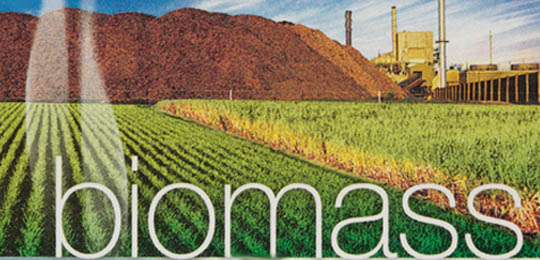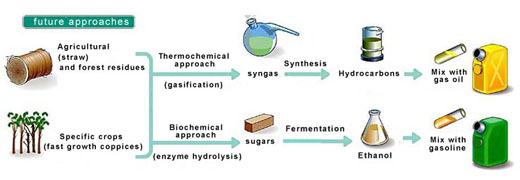Biofuel from cow manure now power computer company headquarters like Google and Microsoft. |
The Second Generation: Non-Food Biomass  [5.1] The difference between the first and second generation is the types of plant material used. The first generation required food crops such as sugar cane, corn and wheat to make bioethanol. Second generation biofuels are only made from lignocellulosic crops. Lignocellulosic crops are mainly hard, woody crops. [5.2] The second generation of biofuels focus on non-food biomass. A big problem with the first generation of biofuels is that it used food crops. This caused the price of food to go up due to the high demand of food crops and caused many issues. Since the second generation no longer include food crops, people no longer have to worry about losing their food to biofuels. Biomass refers to material from biological sources, such as plants or animals. Non-food biomass includes wood, domestic waste, landfill gases, alcohol fuels, and non-food crops. Even the non-edible parts of food crops that are can be used for second generation fuel. This includes the stalks, the stems and the leaves. The problem with using lignocellulosic crops is that the sugars that are used to make fuel are locked in the plant by fibrous material called lignin. This tough material requires new methods of processing. [5.2] How are they processed?The two way to process second generation biofuels are through thermochemical routes and biochemical routes. Thermochemical
 [5.5] Home | Biofuels and Bioenergy | Innovators | Issues | Impacts | About Us | Citations |

